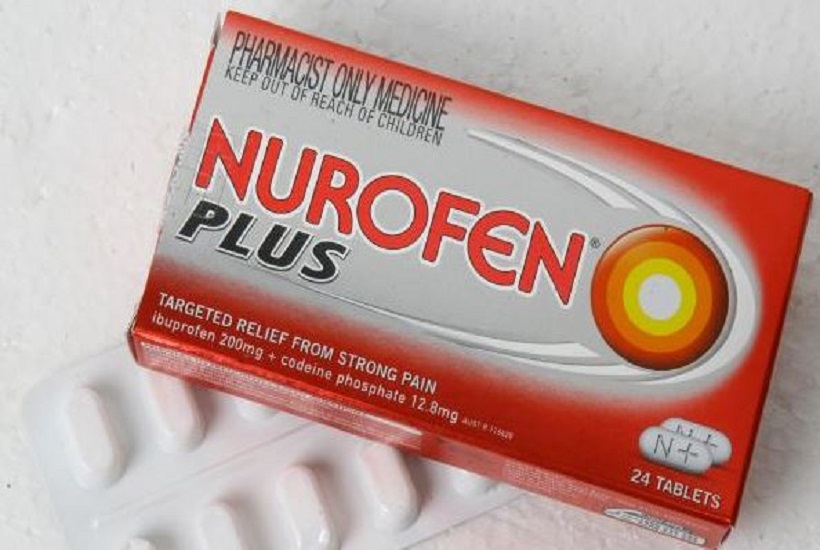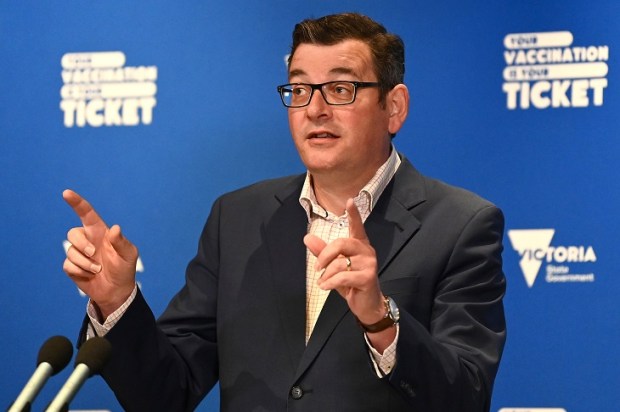The Australian Medical Association is a very curious beastie.
It is like a three-year-old child. It only hears what it wants to hear; it only does what it wants to do.
If international practice suits its agenda it endorses it; if international practice doesn’t so suit, it insists Australia goes its own way.
It’s ‘We’ll do what suits us, not what’s sensible’ is highlighted by two controversial health policy issues: the government’s decision to restrict – or ‘up-schedule’ – access to codeine products to prescription on the one hand, and the government’s restriction to remain opposed to legalising nicotine vaping on the other.
On codeine, AMA national president Michael Gannon told Sky News’s Laura Jayes on Thursday that forcing patients to see their GP when serious pain strikes is a good thing. Why? Because other countries are doing it. ‘The AMA supports the decision made by Minister Greg Hunt, who in turn was taking the advice from the TGA, the Therapeutic Goods Administration. They’re the bureaucrats who have looked at the science and made a decision that brings Australia into line with 25 other countries, said Gannon. The AMA’s view, as reflected by Gannon, is hardly surprising given prescriptions generate GP consultations, which generate GP income.
That almost all users of these products use them only out of absolute necessity, don’t get hooked on them and don’t otherwise behave irresponsibly doesn’t matter. When it comes to the AMA and asking cui bono, it’s hard not to believe the answer is, at bottom, doctor self-interest. And its codeine position shows that the AMA and its members don’t trust you and me to make responsible, informed choices about our pain relief.
Contrast this eagerness to follow the rest of the world to nicotine vaping as an alternate and quitting aid for smoking. The accumulating scientific evidence is, on balance, not one-way traffic but certainly piling up more for vaping than against. The authoritative UK Royal College of Physicians, which back in 1962 blew the whistle on the connection between smoking and lung cancer, has concluded vaping is far less of a health risk than smoking. Vaping is legal and positively encouraged in the UK and the European Union, is increasingly so in the United States, and New Zealand and Canada are moving to legalise in the near future. On vaping, the Western world isn’t waiting for Australia.
This matters not, however, to the AMA. For whatever reasons, it stridently supports Australia’s maintaining the illegality of nicotine vaping. It claims there’s not enough conclusive evidence of lower risk, that vaping ‘renormalises’ the acts and culture of smoking, and vaping can be a ‘gateway’ for kids to tobacco smoking.
That the set of countries most comparable to our own permit (albeit with different levels of official encouragement) nicotine vaping, whether because they accept the evidence in its favour, or at least that it is more likely to be a safer way of satisfying nicotine addiction, is irrelevant to the AMA. ‘Australian authorities have not been able to establish any proof that e-cigarettes are safe or effective in stopping people smoking’, it told a parliamentary inquiry on vaping that’s due to report later this month.
The AMA can’t have it both ways. It can’t accept international good practice only when it suits.
The AMA claims to be a medical professional organisation as well as the trade union for doctors. That means taking an objective, scientific, evidence-based approach when it advocates on medical and scientific questions. That means being objective; considering all the available evidence whether or not it backs your view; and not cherry-picking evidence and international practice so as to get the desired conclusions. It should be calling out such selective practices from its one-eyed public health allies and outspoken advocates, not condoning and indulging in such questionable practices itself.
If the AMA was consistent, it would support – or at least not oppose – nicotine vaping on the same grounds it supports putting access to codeine products under GP control: international good practice. But for an organisation that, despite its white-coated image, puts its members’ interest first, that seems too much to ask.
And on the codeine ban that the AMA so ardently supports, perhaps health minister Hunt can answer these policy questions about his decision:
- How many related prescriptions does he forecast being written in each year of the current forward estimates?
- How many additional GP consultations will there be?
- What is the projected cost to Medicare of those additional consultations?
- How many non-urgent presentations to public hospital emergency departments will there be from the likes of migraine and period pain sufferers struck hard outside standard GP hours, and for whom pain doesn’t wait for a doctor’s appointment?
- How much will be paid to the Pharmacy Guild to compensate pharmacists for lost business (given that any government that takes a dollar from the Guild is ‘courageous’)?
Cure by over-regulation is creating a headache worse than the blinding migraines that sensibly-used codeine pain-killers help relieve. This is a sledgehammer to crack a nut decision.
Terry Barnes is policy consultant and fellow of the UK Institute of Economic Affairs, with a special interest in nanny state regulation.
Got something to add? Join the discussion and comment below.
Got something to add? Join the discussion and comment below.
Get 10 issues for just $10
Subscribe to The Spectator Australia today for the next 10 magazine issues, plus full online access, for just $10.


























Comments
Don't miss out
Join the conversation with other Spectator Australia readers. Subscribe to leave a comment.
SUBSCRIBEAlready a subscriber? Log in